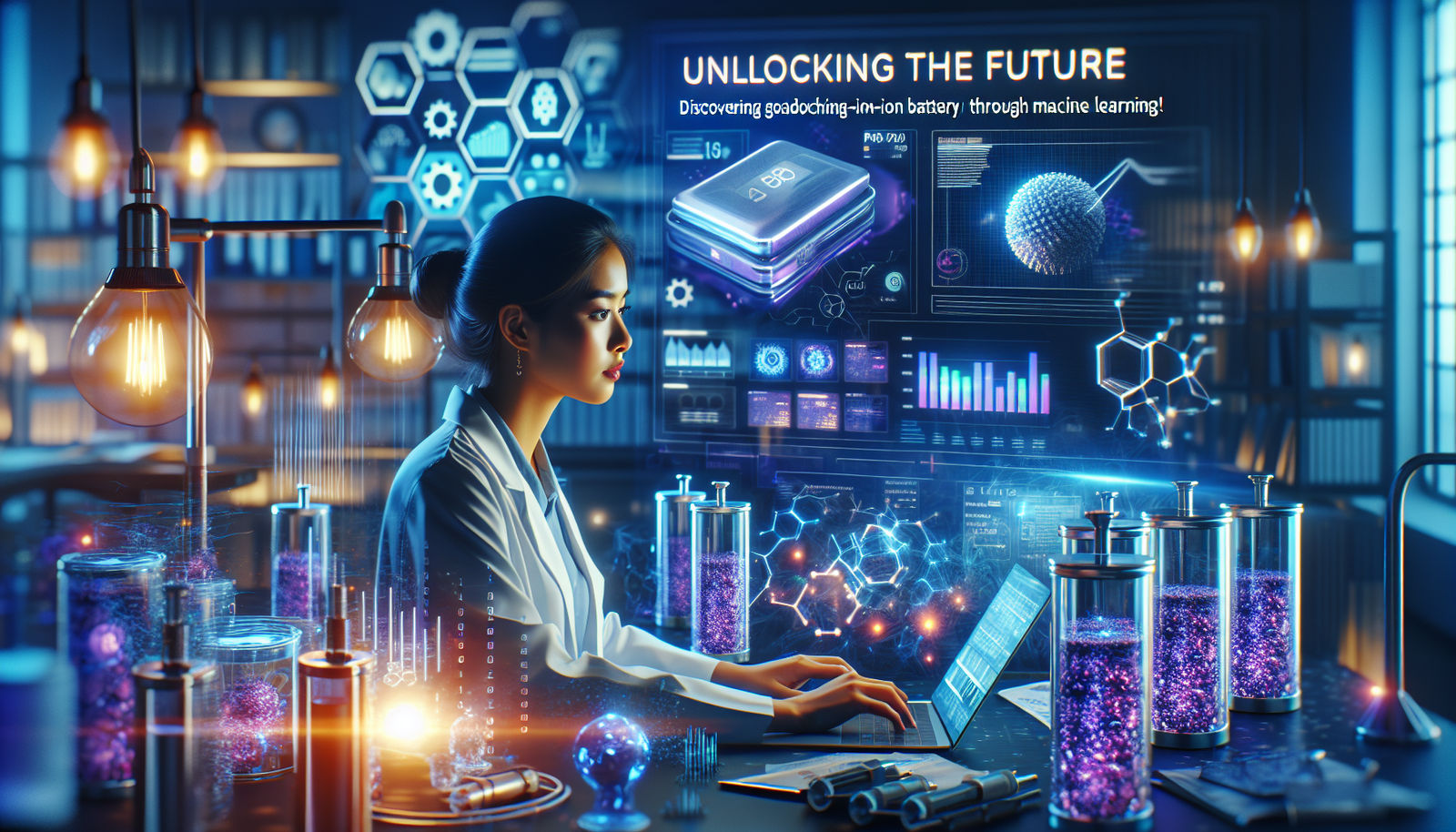Machine learning opens up unexpected perspectives in the search for sodium-ion batteries. *These batteries represent a viable alternative* to lithium-ion solutions, but their optimal compositions are still to be discovered. The emergence of new research strategies facilitates the identification of the most promising alloys.
The challenges related to *lithium supply*, safety, and high costs motivate the exploration of alternatives. This quest focuses on the optimization of materials, where each element plays a crucial role.
Using artificial intelligence to map *optimal compositions* brings innovation and speed to this research. The intersection of materials science and advanced algorithms allows for accelerating the development of sustainable energy solutions.
Context and Challenges of Sodium-Ion Batteries
The use of natural resources constitutes a major challenge for sustainable technological innovation. Sodium-ion batteries are emerging as a viable alternative to lithium-ion batteries due to the abundance of sodium. This abundance reduces the economic and geopolitical constraints related to material supply.
Recent Advances Through Machine Learning
A team of researchers, led by Professor Shinichi Komaba from the University of Tokyo Science, is leveraging machine learning techniques to identify promising material compositions for sodium-ion batteries. This revolutionary approach optimizes material research through predictive modeling.
The Research Methodology
The researchers have created a database comprising 100 half sodium cell samples with 68 different compositions. Collected over a period of 11 years, this data allows for establishing correlations between the chemical composition of materials and their electrochemical performance.
Data Analysis and Algorithmic Development
The designed model incorporates several machine learning algorithms and Bayesian optimization. It aims to identify the connection between properties such as operating voltage, capacity retention, energy density, and the composition of sodium oxides.
Experimental Results
According to the model’s predictions, the composition Na[Mn0.36Ni0.44Ti0.15Fe0.05]O2 stands out as the optimal formulation for maximizing the energy density of batteries. Tests conducted with standard test cells have confirmed the relevance of the results obtained through simulation.
Implications for the Future of Batteries
The use of machine learning to reduce the number of necessary experiments represents a paradigm shift in battery research. This method could significantly accelerate the development of sodium-ion batteries, injecting innovative dynamics into energy storage technologies.
Applications Beyond Sodium-Ion Batteries
The strategies proven in this study could apply to other areas of materials science. Machine learning methodologies could pave the way for breakthroughs in the development of complex materials, such as quaternary metal oxides.
Future Perspectives and Innovations
Researchers anticipate that, with the continuous improvement of electrode material performance, higher-capacity and longer-lasting batteries will become accessible at a reduced cost. This approach promises to transform the landscape of sustainable energy, making storage technologies more accessible and cost-effective.
Research Contributions
The research led by Komaba and his team, published in the Journal of Materials Chemistry A, marks a significant advancement in the quest for sustainable energy solutions. By integrating artificial intelligence into the search for materials, it is now possible to envision a future where sodium-ion batteries will carve out a significant market share in the energy sector.
Frequently Asked Questions About Using Machine Learning for Sodium-Ion Batteries
What are the advantages of sodium-ion batteries compared to lithium-ion batteries?
Sodium-ion batteries are generally safer, less expensive, and use sodium, a more abundant material than lithium, which mitigates issues related to resource availability and cost.
How is machine learning used to optimize material compositions in sodium-ion batteries?
Machine learning allows for predicting material performance by analyzing data from various compositions, which accelerates the discovery process and reduces the need for costly experiments.
What types of data are necessary to train a machine learning model in this context?
Data on material compositions, including the types and proportions of transition metals, as well as performance measurements such as discharge capacity, average voltage, and capacity retention are needed.
What transition metals are often used in sodium-ion batteries and why?
Metals such as manganese, nickel, and titanium are often used because they offer desirable performance characteristics such as good stability and high energy capacity.
What challenges are associated with using machine learning for battery research?
Challenges include the need for large, high-quality databases for training, the complexity of interactions between different materials, and the need for validation tools to verify model predictions.
How are the results of studies using machine learning validated?
Results are typically validated through the synthesis of proposed materials, followed by performance tests, such as charge-discharge tests, to confirm that the model’s predictions are accurate.
What is the importance of energy density in sodium-ion batteries?
Energy density is crucial as it determines how much energy can be stored in a given volume, which directly influences the range of devices powered by these batteries.
What future innovations can be expected in the development of sodium-ion batteries due to machine learning?
One can anticipate an acceleration in the discovery of new material compositions, improved manufacturing techniques, and the design of more efficient and sustainable batteries through AI-assisted research approaches.






